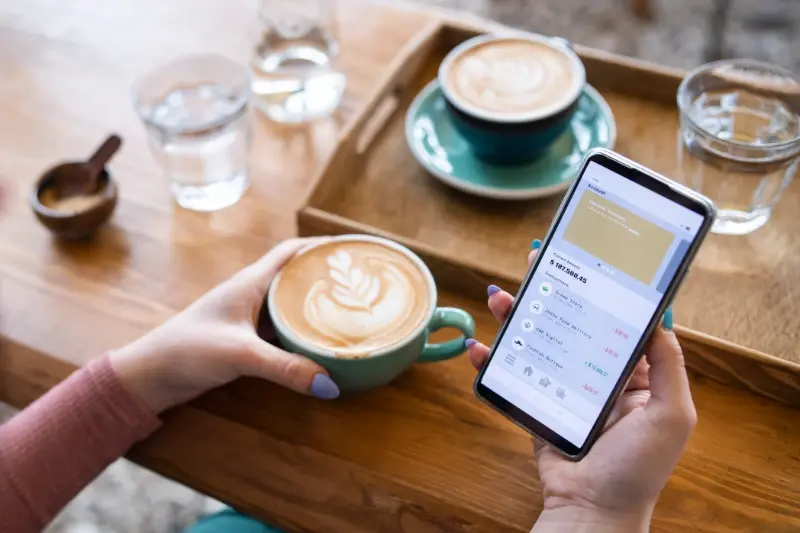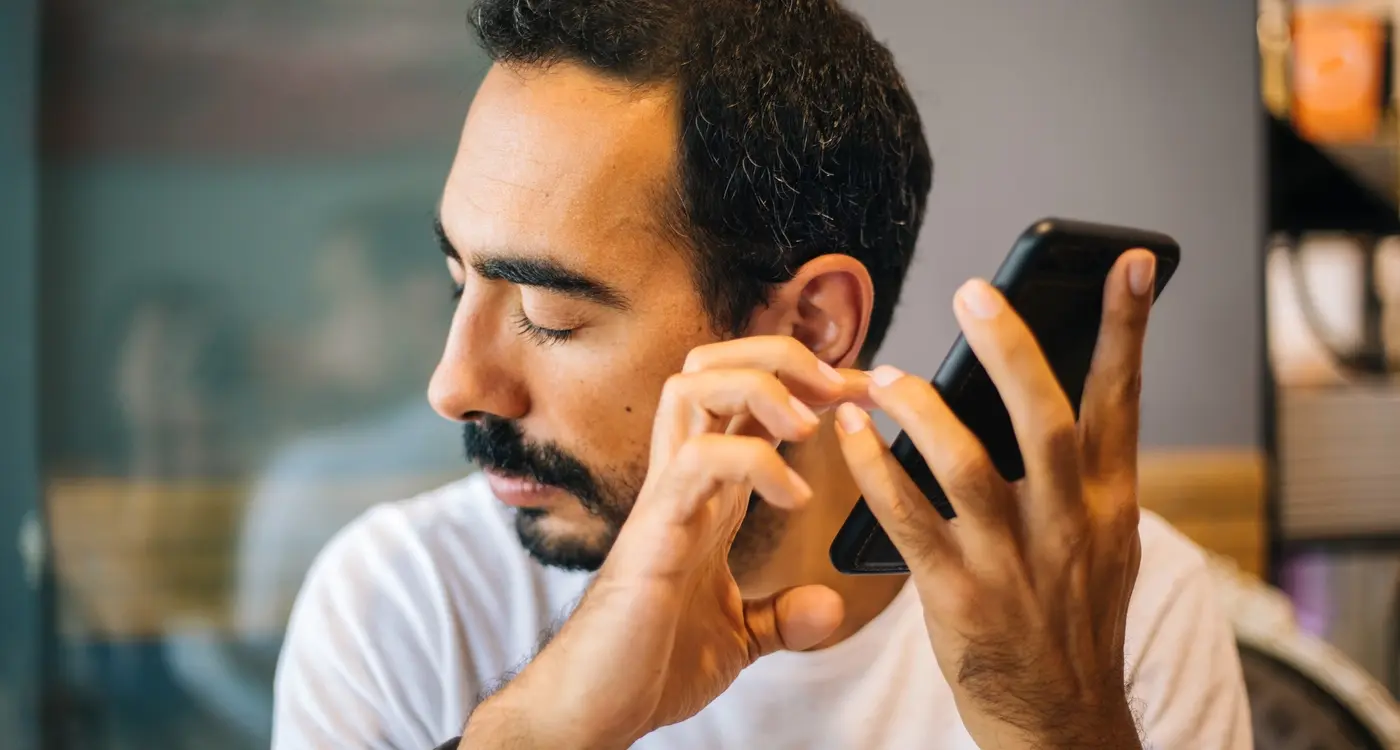6 Banking App Features That Users Actually Want
Most people check their banking app more often than they check the weather. Yet when you look at what banks are building, you'd think they were designing apps for accountants, not regular people trying to manage their money. The disconnect between what fintech companies think users want and what they actually need is massive.
After working with financial institutions for years, I've seen this pattern repeat itself. Banks pour millions into features that sound impressive in boardrooms but fall flat when real people try to use them. Meanwhile, the simple stuff that would make users' lives easier gets pushed to the bottom of the priority list. It's backwards thinking that costs everyone time and money.
The best banking apps don't try to do everything—they do the right things really well
Understanding genuine user preferences isn't about fancy surveys or focus groups. It's about watching how people actually behave with their money day-to-day. When we strip away the marketing noise and look at real usage data, six clear patterns emerge. These are the financial functionality features that users don't just want—they depend on them. Let's explore what makes banking apps genuinely useful instead of just technically impressive.
What Makes a Banking App Actually Useful
After working with dozens of financial apps over the years, I've noticed something interesting—most people don't actually want a banking app that does everything. They want one that does the right things really well. The difference might sound small, but it's huge when you're trying to check your balance at 11pm or send money to a friend who's just paid for dinner.
The best banking apps I've seen focus on solving real problems that people face every day. Not the problems that banks think people have, but the ones that actually keep users awake at night. Things like "Did that payment go through?" or "How much can I spend without going overboard this month?"
Core Features That Matter Most
Through user research and testing, we've found that people consistently want these features above all others:
- Instant balance checking without multiple taps
- Quick money transfers between accounts and to other people
- Clear transaction history that's easy to search
- Spending alerts that actually help rather than annoy
- Bill payment reminders that prevent late fees
- Simple savings goals with visual progress tracking
The magic happens when these features work together smoothly. When someone can check their balance, see their spending pattern, and transfer money without feeling like they need a computer science degree to figure it out.
Security Features That Build Real Trust
When it comes to fintech apps, security isn't just a nice-to-have—it's the foundation that everything else sits on. I've worked on banking apps where security concerns kept the entire development team awake at night, and rightfully so. People need to know their money is safe before they'll even think about using your app.
The basics are non-negotiable: strong encryption, secure login systems, and fraud detection that actually works. But what really builds trust are the security features users can see and understand. Two-factor authentication might seem like a hassle, but users prefer it because they can feel it working. Push notifications for every transaction? Same thing—people want to know immediately if something's happening with their account.
Making Security User-Friendly
The tricky bit is making robust security feel effortless. Biometric login with fingerprints or face recognition strikes that perfect balance—it's incredibly secure but takes seconds to use. Card freezing and unfreezing features give users control when they need it most. These aren't just technical features; they're peace of mind wrapped in good user experience.
Always explain security features in plain English within your app. Users who understand how their data is protected are more likely to trust and engage with your financial functionality.
Money Management Tools People Use Daily
I've worked with enough banking apps to know that the best ones don't just hold your money—they help you understand it. The features people actually use every day are the ones that make managing money feel less like a chore and more like having a helpful assistant in your pocket.
Spending categorisation is probably the most requested feature I see clients asking for. People want to know where their money goes without having to manually track every purchase. The app should automatically sort transactions into categories like food, transport, and shopping. But here's the thing—it needs to learn from your habits. If you always buy lunch at that corner shop, the app should remember it's food, not just "miscellaneous retail."
Budget tracking that actually works
Setting budgets is one thing; sticking to them is another. The best banking apps show you how much you've got left to spend in each category without making you feel guilty about that coffee you bought. Real-time notifications work well—not the annoying kind that pop up constantly, but gentle nudges when you're close to your limit.
- Monthly spending summaries with visual charts
- Goal setting for holidays, gadgets, or house deposits
- Savings challenges that make putting money aside feel like a game
- Bill reminders so you never miss a payment
The money management tools that stick are the ones that fit into people's daily routines without adding extra steps to their lives.
Payment Options That Match Modern Life
People want to pay for things their way—not the bank's way. I've worked on fintech projects where we've seen users abandon apps simply because they couldn't find their preferred payment method. That's money walking out the door for no good reason.
The basics are obvious: card payments, bank transfers, and direct debits. But modern banking apps need to go beyond that. Contactless payments through Apple Pay and Google Pay aren't just nice-to-have features anymore; they're expected. Users want to tap their phone and be done with it.
Digital Wallets and Quick Transfers
PayPal integration makes sense for people who shop online frequently. Split payment options are becoming popular too—think Buy Now, Pay Later services that let people spread costs. Cryptocurrency support is still niche but growing, particularly among younger users who see it as part of their financial toolkit.
The best banking apps don't force users to change their habits—they adapt to them
What really matters is choice and speed. People live busy lives and they want payment options that fit around their schedule, not the other way around. Quick person-to-person transfers, bill splitting features, and one-click recurring payments all fall into this category. The key is making these user preferences feel natural rather than complicated—good financial functionality should be invisible when it's working properly.
Customer Support That Actually Helps
Let's be honest—most banking customer support is terrible. You call up with a simple question and end up waiting twenty minutes just to speak to someone who can't actually help you. Banking apps need to change this completely.
The best banking apps put support right where you need it. In-app chat that connects you to real people who know about banking, not just scripted responses. Some apps even let you share your screen so the support person can see exactly what you're looking at—no more trying to explain which button you pressed three screens ago!
Support Features That Work
- Live chat with actual banking specialists
- Screen sharing for complex problems
- Video calls for account verification
- Quick answers for common questions
- Call-back options instead of waiting on hold
Smart banks are also building helpful tools right into their apps. Think instant answers to questions like "Why was I charged this fee?" or "How do I increase my spending limit?" These aren't fancy chatbots that give useless responses—they're proper help systems that actually solve problems.
The goal isn't to replace human support entirely; it's to make getting help as painless as possible. When you're dealing with your money, you want answers fast and you want them to be correct the first time.
Speed and Performance Users Expect
Banking apps need to be fast. Really fast. When someone wants to check their balance before making a purchase, they don't want to wait around for screens to load. I've worked on fintech projects where a two-second delay in loading times caused a 20% drop in user engagement—that's massive when you're dealing with financial services.
People have become spoiled by instant everything. Social media loads in milliseconds, search results appear before you finish typing, and now banking apps need to match that speed. If your app takes more than three seconds to open, users will start looking for alternatives. That's just how our brains work now.
What Fast Actually Means
Speed isn't just about how quickly the app opens. It's about smooth transitions between screens, instant feedback when you tap buttons, and quick transaction processing. The best banking apps I've seen make every interaction feel immediate, even when complex financial functionality is happening behind the scenes.
- App launch time under 2 seconds
- Screen transitions that feel instant
- Real-time balance updates
- Quick biometric authentication
- Offline mode for basic features
Test your app's performance on older devices regularly. Not everyone has the latest smartphone, and your app needs to work well for users with 3-year-old phones too.
User preferences clearly show that performance trumps fancy features. People would rather have a simple, lightning-fast app than a feature-rich one that stutters and crashes. Get the speed right first, then add the bells and whistles.
Conclusion
After working with banks and fintech companies for years, I can tell you that the most successful banking apps are the ones that nail the basics—and then add a bit of sparkle on top. Users don't want revolutionary features that confuse them; they want reliable tools that make their financial lives easier. Security that works without getting in the way, money management that actually helps them save, payments that just work, and support that solves problems quickly.
The banking apps that really succeed understand something simple: people want to spend less time thinking about their money, not more. They want to check their balance quickly, send money without jumping through hoops, and get help when something goes wrong. Speed matters too—nobody has patience for slow loading times when they're trying to pay for lunch or check if their salary has come in.
What's interesting is that most of these features aren't particularly flashy or revolutionary. They're just well-executed versions of things people already do. The magic happens when you combine them all together in a way that feels natural and works reliably every single time. That's what turns a banking app from something people have to use into something they actually want to use.
Share this
Subscribe To Our Blog
You May Also Like
These Related Stories

Fintech Apps the Psychology of Financial User Behaviour

From Buttons To Braille: How We Design Apps For Every User





